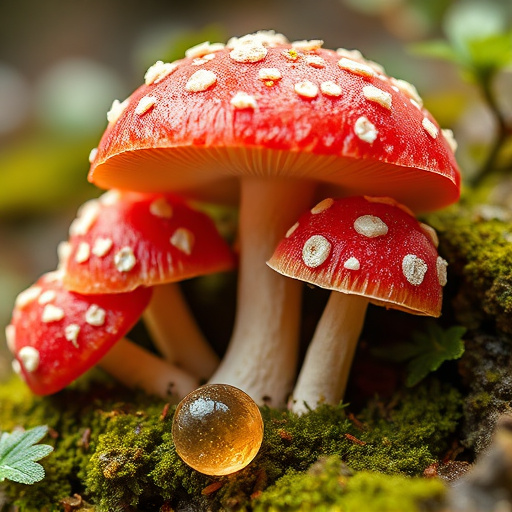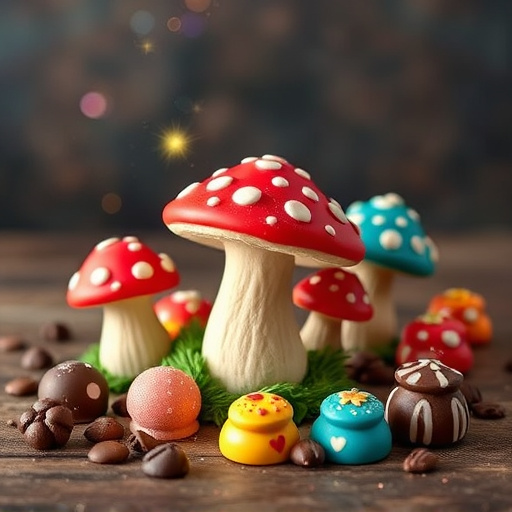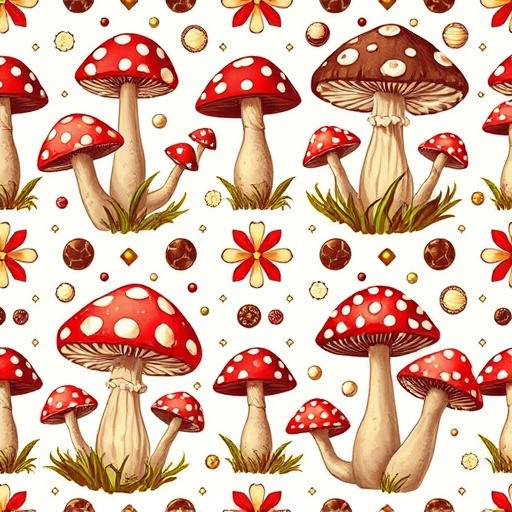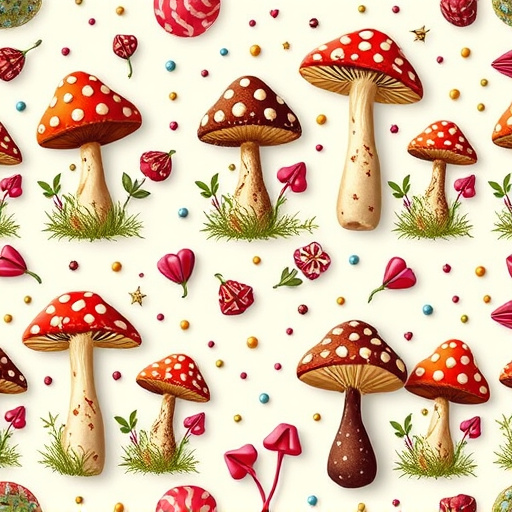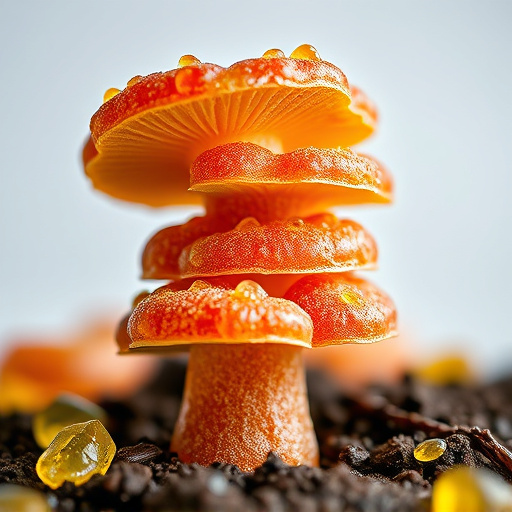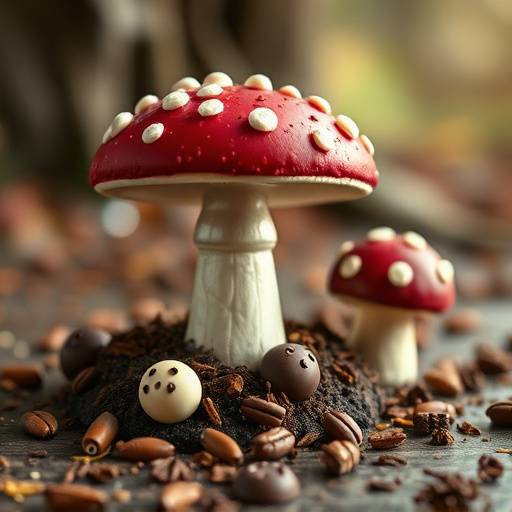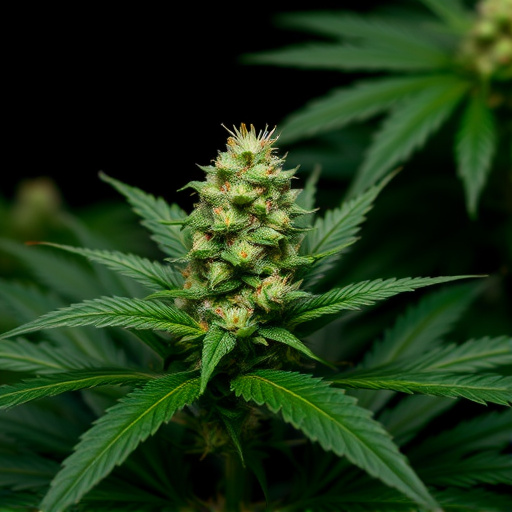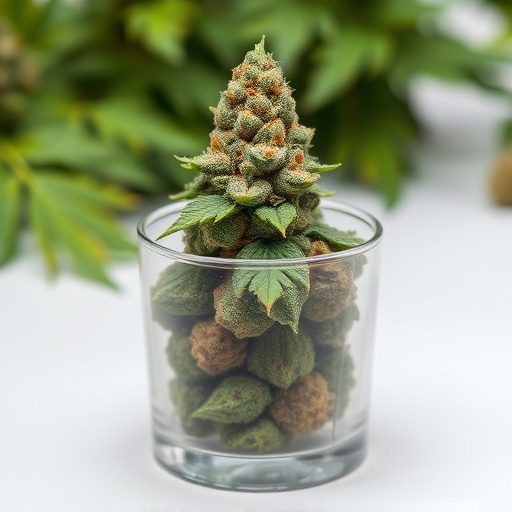The distinctive 'skunk' aroma in cannabis is driven by genetic diversity and specific terpene compounds like myrcene, limonene, and pinene, which contribute to a variety of scents. The Cannabis Cup competition highlights the vast terpene combinations in top-tier strains, allowing enthusiasts to explore and appreciate the intricate relationships between genetics and aroma, including the renowned skunk-like traits.
“Unravel the enigma of skunkiness in cannabis! Discover why some strains carry a stronger skunk-like aroma than others. From the genetic makeup and terpene profiles that lay the foundation for these scents, to cultivation techniques shaping the final bouquet—we explore what makes certain Cannabis Cup winners stand out. Dive into this guide to understand the art behind skunkier cannabis varieties and learn how to navigate the world of aromatic strains.”
- Genetics and Terpene Profiles: The Foundation of Skunkiness
- – Exploring the role of genetics in cannabis aroma
- – Understanding terpenes: what they are and how they contribute to skunky scents
Genetics and Terpene Profiles: The Foundation of Skunkiness
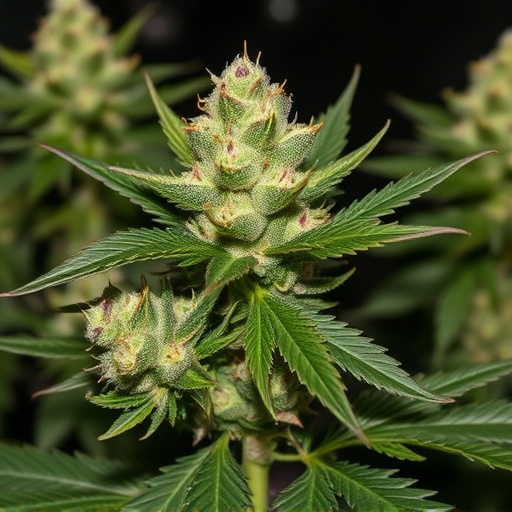
The skunk-like aroma in cannabis is largely determined by its genetic makeup and terpene profiles. Terpenes are aromatic compounds naturally produced by various plants, including cannabis. Different strains have unique terpene combinations that contribute to their distinct scents and potential effects. For instance, myrcene, a common terpene known for its earthy and musky notes, often evokes a skunk-like fragrance when present in higher concentrations.
Genetic diversity among cannabis plants plays a significant role in shaping these terpene profiles. Certain strains have evolved to prioritize the production of specific terpenes, leading to their characteristic smells. The renowned Cannabis Cup competitions, where breeders showcase their best strains, often highlight these aromatic nuances. By understanding the genetic foundations and terpene dynamics, cannabis enthusiasts can appreciate the intricate relationships that contribute to the varied skunkiness among different cup-winning strains.
– Exploring the role of genetics in cannabis aroma
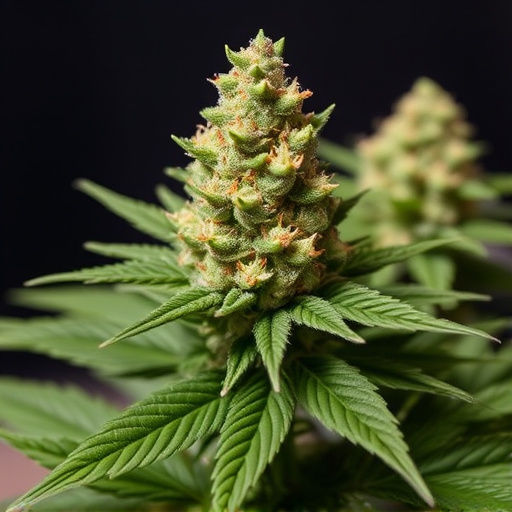
The aroma of cannabis is a complex interplay of various chemical compounds, and genetics play a pivotal role in shaping this unique scent profile. Each cannabis strain carries its own genetic makeup, which dictates the types and concentrations of terpenes, aldehydes, and other volatile organic compounds present. These compounds are responsible for the distinct aromas we associate with different strains—from floral and fruity to spicy, earthy, or even skunk-like notes.
When it comes to the skunkier aroma, certain genetic traits within cannabis plants contribute to this characteristic. Some strains have higher levels of myrcene, a terpene known for its pungent, skunk-like scent. This chemical compound is often linked to the ‘skunky’ trait in cannabis and is found in varying concentrations across different strains. The Cannabis Cup, an annual competition celebrating the diverse world of cannabis, frequently recognizes strains with particularly compelling aromas, including those with notable skunk notes.
– Understanding terpenes: what they are and how they contribute to skunky scents
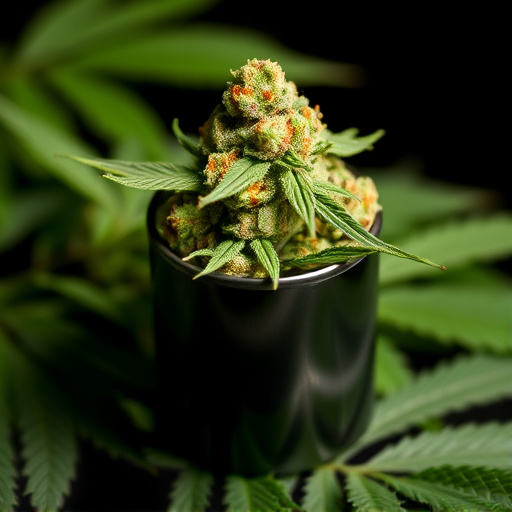
Cannabis enthusiasts often associate certain strains with a distinctive, skunk-like aroma, a trait largely attributed to terpenes. Terpenes are aromatic compounds naturally present in many plants, including cannabis. These volatile oils play a significant role in shaping the scent and flavor profiles of different strains. In the context of cannabis, specific terpenes like myrcene, limonene, and pinene contribute to the diverse range of aromas observed, from citrusy and floral to earthy and musky.
The unique combination of terpenes in each strain influences its characteristic smell. For instance, high levels of myrcene, often found in strains like Blue Dream and Granddaddy Purple, can impart a strong, skunk-like odor. Conversely, limonene-rich varieties may offer a more uplifting citrusy scent, while pinene-dominated strains are known for their fresh, piney aroma. The Cannabis Cup, an annual competition celebrating cannabis cultivation, often highlights these differences, showcasing the diverse terpene profiles that contribute to the rich and varied experiences associated with different cannabis cup strains.
The distinctive skunk-like aroma in certain cannabis strains is a result of genetic makeup and terpene profiles. Terpenes, natural compounds that give plants their unique scents, play a crucial role in creating the characteristic skunky fragrance. Through selective breeding and understanding these chemical interactions, cultivators can craft cannabis cup strains with diverse aromas, catering to preferences for both subtle hints or bold skunkiness.


